Material for this blog comes from a recent scientific article I just read entitled “15 games that might make you smarter just by playing them”, written by the Insider Picks team for Business Insider.
To this article, I have added knowledge from various other research sources, to make this blog into a research report you can really truly benefit from reading.
Note: The Business Insider article refers to them as “games that rely on your strategic, critical-thinking, and imaginative abilities, games that challenge you to develop your mental skills in a fun and engaging way”.
These are board games that challenge you to think differently, imagine and solve ever-changing problems. They are a particularly valuable use of your time because they sharpen your mental abilities.
Here they are:
To find my review of Lumosity, see my blog entitled: “Discover What Your Mind Can Do”.
As stated in Business Insider, “Lumosity is a well-known name in the ‘brain-training’ game. It’s used by over 85 million people worldwide and offers 30+ brain games to give your mind a workout. You can track your scores to see improvement over time and compare your own against the scores of other people. The ease of the app is supposed to make building a brain training habit easy.”
Lumosity challenges you to think differently, imagine and solve ever-changing problems, a valuable use of your time. It sharpens your mental abilities.
Best place to buy: Amazon.com
Price: $57.99 (price may vary from day to day, due to sales, etc)

Mahjong is a cognitive game. Researchers in Hong Kong say that mahjong is a viable treatment for dementia, according to the Tech Archive website. Mahjong requires players to use attention, memory, planning and calculation skills.
This game of intelligence requires concentration. Mahjong is a difficult game to learn and master, but once you do, your ability to excel in the game is limitless, according to the University of Maryland.
Best place to buy: Amazon.com
Price: $15.97 (price may vary from day to day, due to sales, etc)

As stated in the Business Insider article: “If you want to increase your confidence with words, quickness of thought, or you just want to expand your vocabulary, Scrabble is a shoe-in for the job. The ever-changing mix of words available to you in addition to those made by your opponent can sharpen your thinking and turn you into the sort of wordsmith who doesn’t need to check the dictionary to see if they really did just play a real word or not. “
The following are 10 other benefits from playing Scrabble, according to an article in Aha-Now – Discover Happiness.
Scrabble teaches you the vocabulary.
Scrabble helps develop your intellectual abilities.
Scrabble teaches you strategy.
Scrabble encourages social cooperation and bonding.
Scrabble helps improve your emotional well-being and personal confidence.
Scrabble improves creativity. Scrabble develops concentration.
Scrabble fosters learning through creative play. Scrabble helps boosts the immune system. Scrabble makes you happy.
Research has shown that playing word games also aids in developing cognitive capacity and that regular cognitive exercises have been proven to delay the development of Alzheimer’s disease as well as other types of dementia.
Best place to buy: Amazon.com
Price: $6.99 (price may vary from day to day, due to sales, etc)
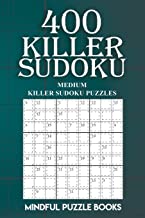
Sudoku is one game, like crossword puzzles and riddles, that increases neuroplasticity and makes you smarter. With increased neuroplasticity, you are better able to view something from multiple angles, better able to anticipate and understand new patterns.
Here are a few observations from an Article Entitled: “Surprising Benefits of Playing Sudoku for Brain Health”, published by DrHealthBenefits:
Sudoku Improves Memory: It is known that playing Sudoku is good for improving the memory health. It is based on a research done at Trinity College in Dublin found that mental stimulation over puzzles like crosswords and Sudokus can help ward off the decline in brain function.
Promotes Brain Cells: It is known that playing Sudoku is good for improving the memory health. It is based on a research done at Trinity College in Dublin found that mental stimulation over puzzles like crosswords and Sudoku can help ward off the decline in brain function.
Promotes Thinking Skill: One of the benefits of playing Sudoku for brain health is to promote thinking skill. You can get this benefit while you practicing your logical thinking process when you are solving a puzzle.
Keeps Your Mind Sharp: Sudoku can give a positive effect to the brain health. Indeed, this game makes your mind sharp. It allows your brain to exercise.
Boosts Concentration: Many people feel it hard to concentrate. By having to concentrate on how to fill in the blanks, Sudoku let you think strategically and solve problems creatively.
Makes You Happy: One of the ways of creating happiness is by playing games. You can play this game with friends, families, and colleagues.
Reduces Risks of Alzheimer’s: Alzheimer’s is a chronic disease that attacks the brain. Research has shown that playing Sudoku can help reduce the risks of Alzheimer’s due to the brain training and exercise it provides. Sudoku improves memory and concentration. It gives you the ability to think, learn, and remember, thus preventing the risks of brain problems.
Boosts Energy: Having more energy to do daily activities can be achieved by playing Sudoku.
The Business Insider article mentions the “FitBrains Trainer App by Rosetta Stone”, but it is no longer available.
Best place to buy: Amazon.com
Price: $9.95 (price may vary from day to day, due to sales, etc)

Riddles are another great way to increase neuroplasticity and help your brain recognize new possibilities. Thinking creatively and dexterously to solve a word puzzle only helps you keep up with your own creativity.
Best place to buy: Amazon.com
Price: $12.99 (price may vary from day to day, due to sales, etc)

Billions of combinations, only one solution.
World’s best-selling and most famous puzzle.
To keep your brain active in a productive way, play with a Rubik’sCube. It will improve your concentration, allow you to process your own thoughts faster, improve your hand-eye coordination and help you improve your short-term memory.
Best place to buy: Amazon.com
Price: $5.99 (price may vary from day to day, due to sales, etc)

Fun games like puzzles and crosswords are a great way to relieve and mitigate stress, by providing similarly challenging situations popping up in real life. Puzzles like these help you develop critical thinking, improve memory, and enhance visual perception.
Best place to buy: Amazon.com
Price: $99.93 (price may vary from day to day, due to sales, etc)
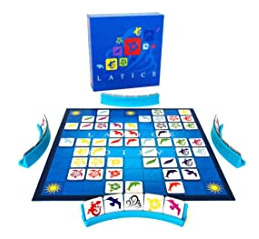
Latice is a new classic strategy board game for 2-4 players: you win by being the first to play all of your tiles. Perfect for adults, small parties, kids (ages 6+ years) or families, fun for everyone!
Simple rules that combine into surprisingly deep strategies as you learn the game. 3 minutes to learn, 20 minutes to play, a lifetime to master
Strategy board games like Latice help develop cognitive and spatial recognition, as well as planning and interpersonal skills.
Best place to buy: Amazon.com
Price: $8.99 (price may vary from day to day, due to sales, etc)

Chess is a two-player strategy game played on a checkered board with 64 squares arranged in an 8×8 grid. It is a game that can help bolster strategic thought and critical thinking in any age group, keeping the mind deft and nimble for older players and honing young kids to use critical skills with ease.
Best place to buy: Amazon.com
Price: $15.97 (price may vary from day to day, due to sales, etc)

Monopoly presents real-life problems and challenges without any of the real-life stress. Improve your creativity and strategy by buying, selling and trading across the board in competition with others.
Buy, sell, dream and scheme your way to riches.
Players buy, sell and trade to win.
Build houses and hotels on your properties and bankrupt your opponents to win it all.
Chance and Community Chest cards can change everything.
Best place to buy: Amazon.com
Price: $69.99 (price may vary from day to day, due to sales, etc)
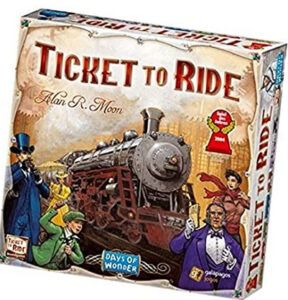
Bundled with the Again Products Guarantee: An authentic, real, and new product.
For 2 to 5 Players
Like Monopoly, Ticket to Ride gives you the ability to make real-life decisions without pressure, ensuring creativity and helping you develop your mental abilities. The game enacts a 7-day cross-country train adventure with all its challenges.
Best place to buy: Amazon.com
Price: $38.99 (price may vary from day to day)
Codenames is a challenging social word game. Two Spymasters who alone know their agents’ real names give one-word clues to their respective teammates in the hopes that the team will be able to correctly coordinate a list of code names to their real names.

Best place to buy: Amazon.com
Price: 7.99 (price may vary from day to day, due to sales, etc)

These metal wire puzzles are satisfying fun for everyone. Use your logic, creative thinking and patience to work on the puzzles. Much like the Rubik’s Cube, you’ll be working quickly with your hands in conjunction with your thought, improving your short term memory as you work.
Best place to buy: Amazon.com
Price: $16.97 (price may vary from day to day, due to sales, etc)

Play a card from your hand and place a chip on a corresponding space on the game board. When you have five in a row, it’s a SEQUENCE.
Each player or team tries to score the required number of five-card SEQUENCES before their opponents.
For 2-12 players.
Sequence is “easy enough for children, challenging for adults”!
Sequence uses a sequence to outsmart opponents. You’ll learn to block opponents and employ strategy and luck, as well as create multiple backup plans throughout the course of the game.
Best place to buy: Amazon.com
Price: $34.95 (price may vary from day to day, due to sales, etc)

Snippets is a fast-paced word game. Write down as many words as you can in 60 seconds that contain the round’s snippet! A “snippet” is a short sequence of letters that can be found as a whole within one or more words.
Unlike other word games that limit answers to dictionary words, anything goes in Snippets! Proper nouns, slang, and even non-English words are all fair game! And with only 60 seconds to think, everyone’s answers will be equally hilarious.
Pros and cons:
Pros: My readers know me well enough to know that I’m all in favor of any games that strengthen the mind.
Cons: Personally, I prefer games that I can play by myself, because I don’t always have another person(s) available to play. But this is an individual preference.
As an Amazon Associate I may earn small fees from qualifying purchases.
RECOMMENDED FOR YOU
SPECIALS: Following are links allowing you to explore inspirational promotions, events, deals and products throughout Amazon.
= = > Spotlight: Click here to explore What to read in 2021 > = =
= = > Spotlight: Click here to explore Best Sellers in Software > = = =
= = > Spotlight: Click here to explore Best Sellers in Video Games > = = =
= = > Spotlight: Click here to explore Free games and in-game content > = = =
= = > Spotlight: Click here to explore Subscribe and Save Items Only > = = =
More brain games can be found under the heading “Brain Games”, by clicking any of the published blogs in the pages listed for the following categories:
“Brain Games For Children”
“Brain Games for Adults”
“Brain Games for Seniors”
“Advanced Brain Training”
“Optimal Brain Health”
In addition, if you want to search for a particular blog, enter its title in the Search bar in the blog roll which appears during blog viewing.












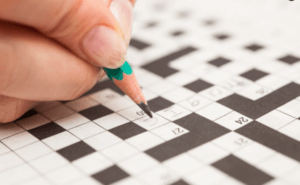


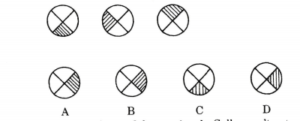


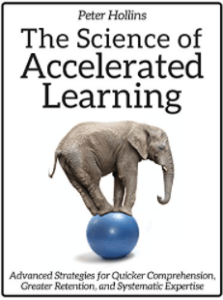

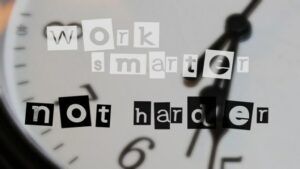
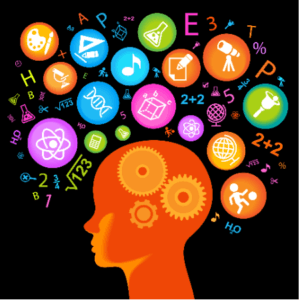



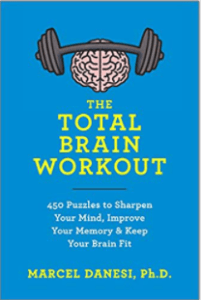
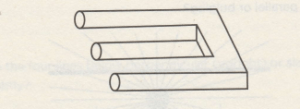
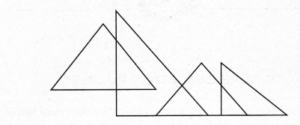













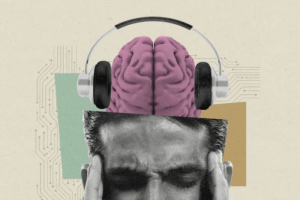














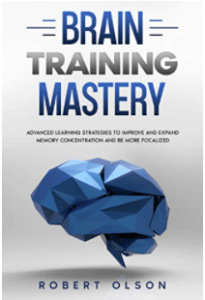










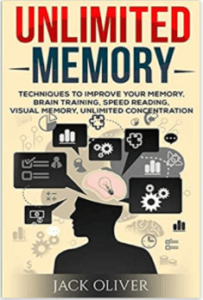






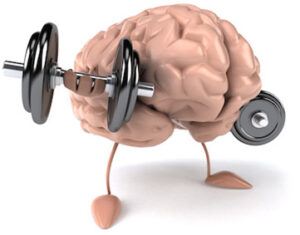




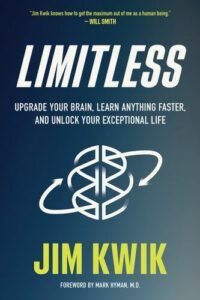





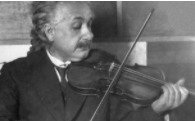















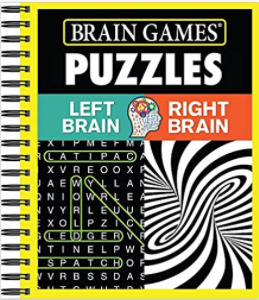


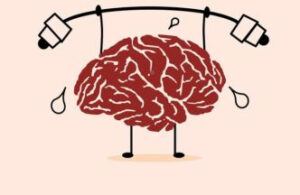

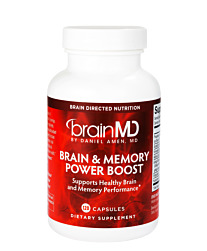
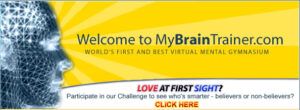




 Did you ever experience a “Tip of the Tongue” memory problem? It happens to all of us at one time or another. A few good exercises to do to reduce or eliminate “Tip of the Tongue” memory problems include:
Did you ever experience a “Tip of the Tongue” memory problem? It happens to all of us at one time or another. A few good exercises to do to reduce or eliminate “Tip of the Tongue” memory problems include: Where did the interest in brain training begin?
Where did the interest in brain training begin?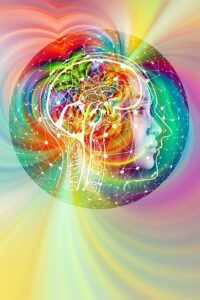 Play Brain Games:
Play Brain Games:
 Just as physical health is important, so is brain health. A healthy brain in a health body should be everyone’s goal. In this blog you will find many suggestions to improve your brain health, from playing brain games to delving into advanced brain training.
Just as physical health is important, so is brain health. A healthy brain in a health body should be everyone’s goal. In this blog you will find many suggestions to improve your brain health, from playing brain games to delving into advanced brain training.